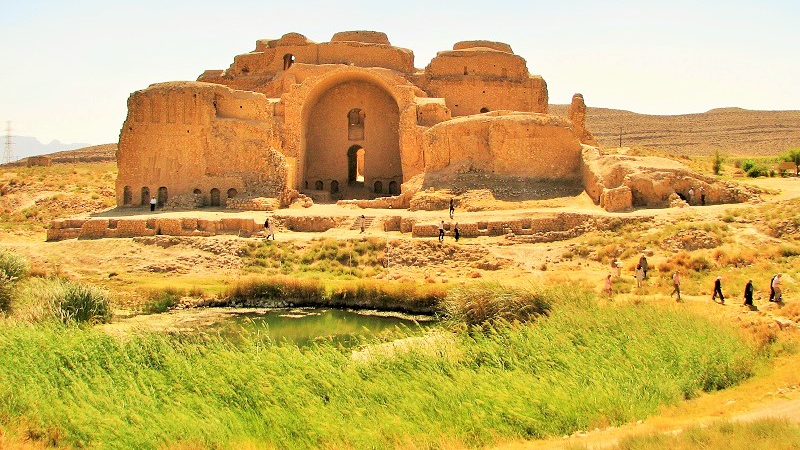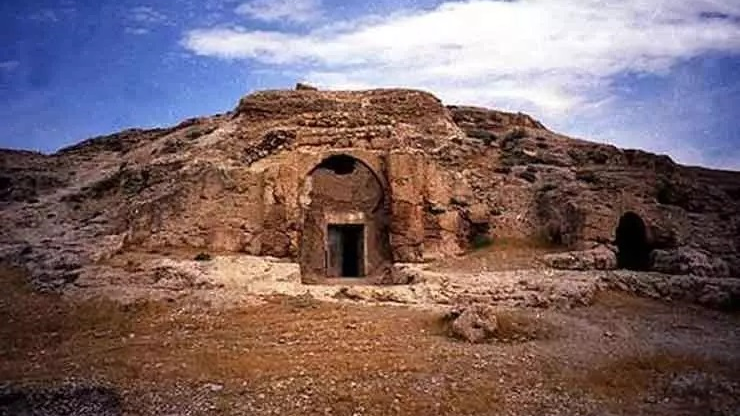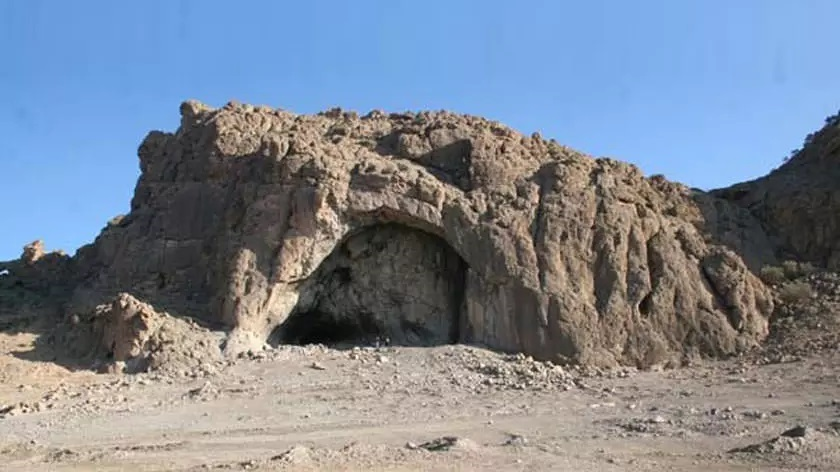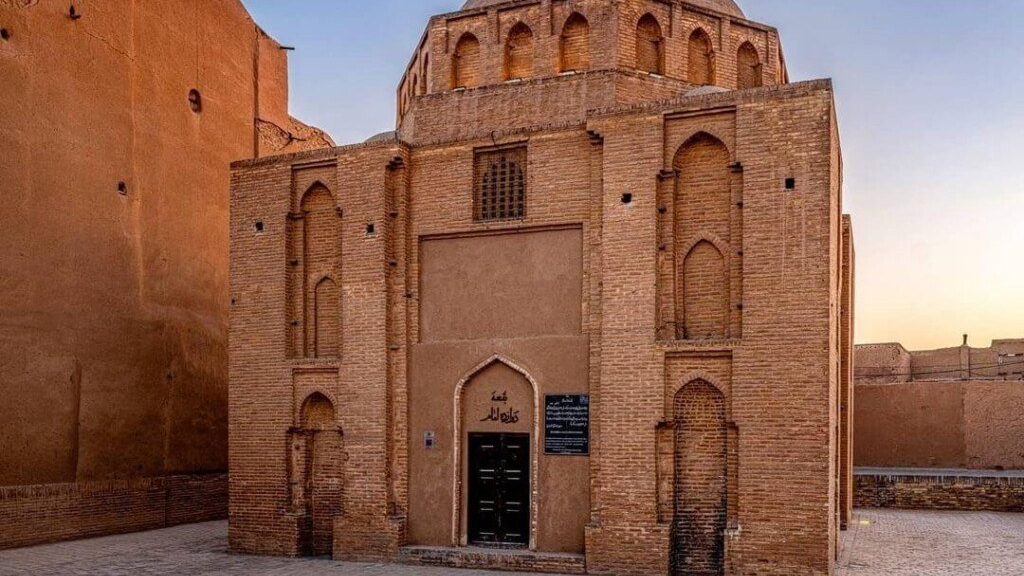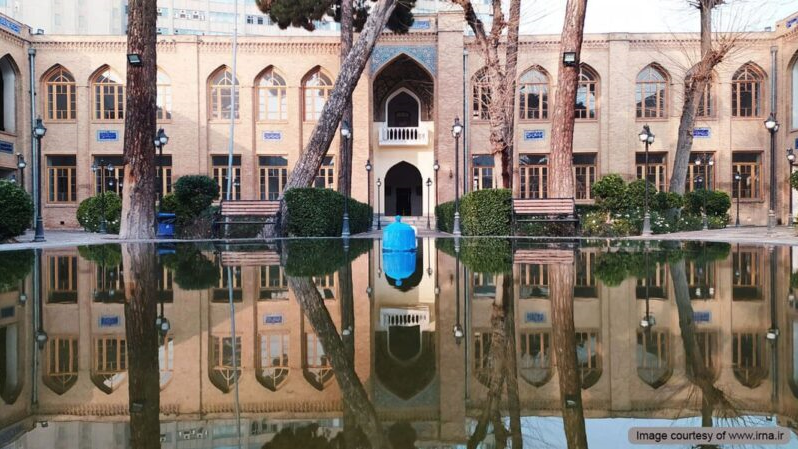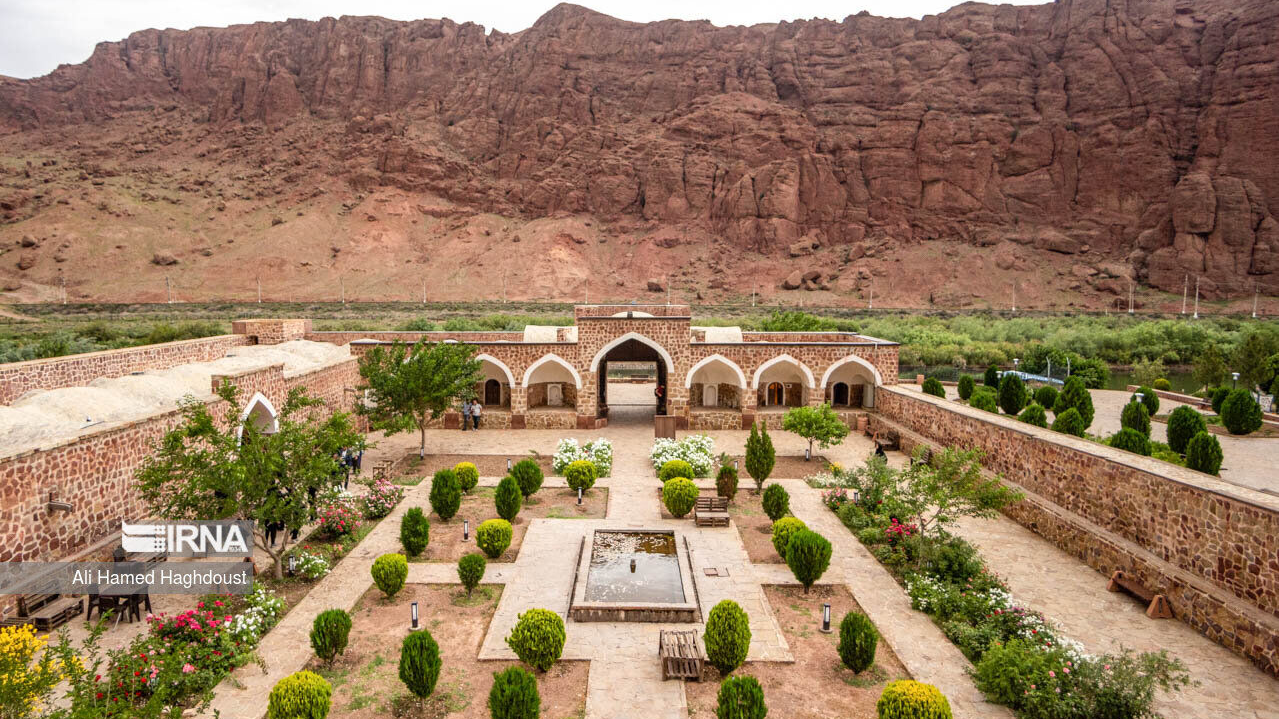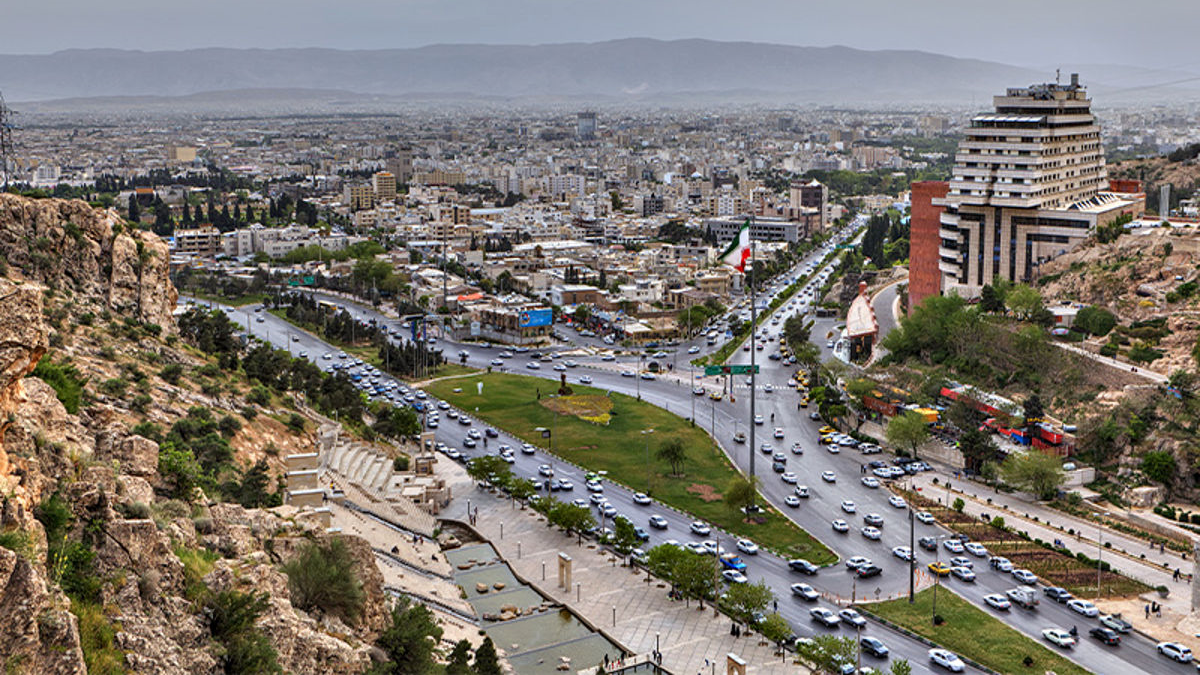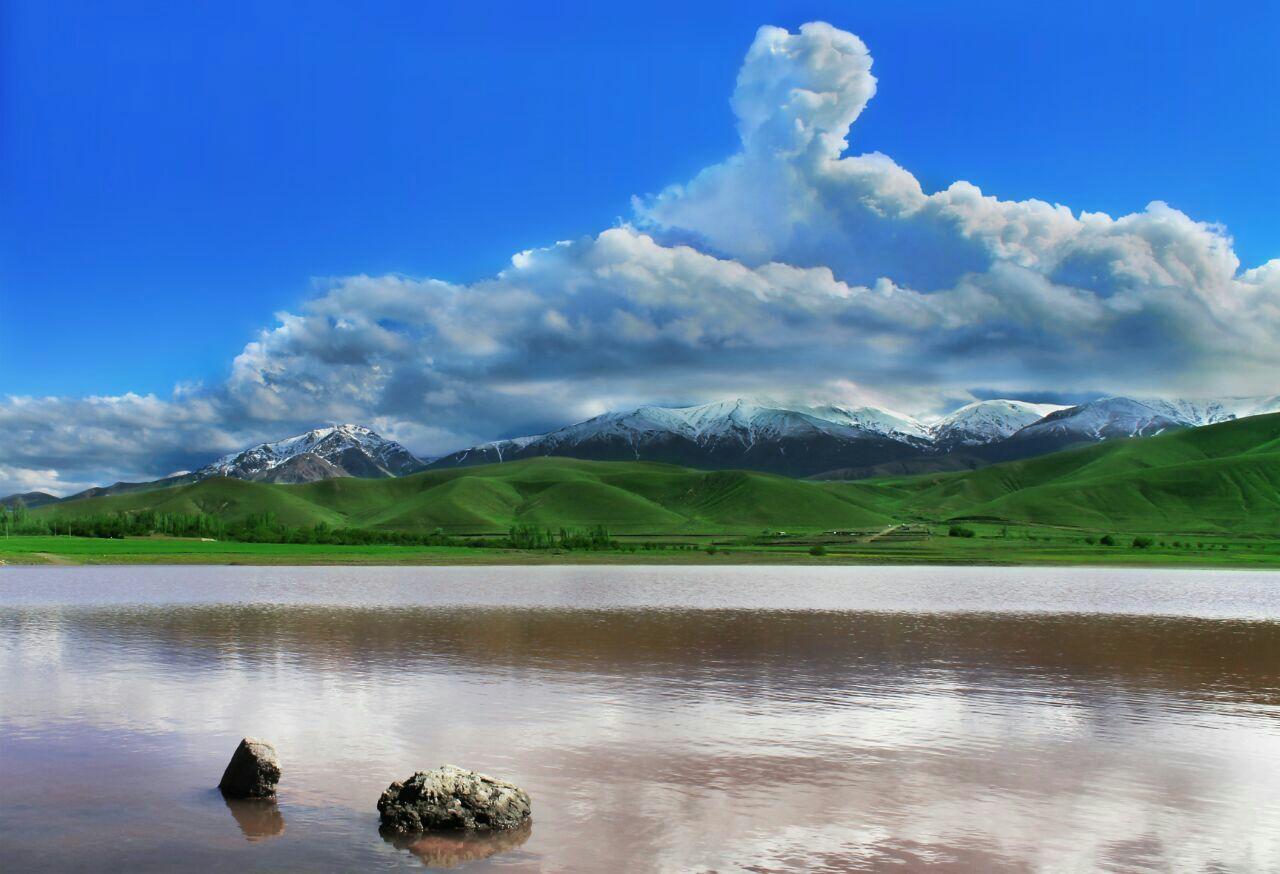
Guyejeh Bel Caravanserai — A Remarkable Example of Iranian Ingenuity in Adapting to Nature
Guyejeh Bel Caravanserai: History, Architecture, and Features
In the past, commercial caravans rested along their routes at specially designated places called “caravanserais.” These structures played a crucial role in the safety of trade and communication. Guyejeh Bel Caravanserai, located at the intersection of major trade routes, was of significant importance. However, its value is not limited to its historical role; even today, its engineering and architectural design reflect the ingenuity of Iranian architects and builders from 500 years ago.
Architecture and Features of Guyejeh Bel Caravanserai
Like other Iranian caravanserais, Guyejeh Bel consists of several functional sections, including a main gate, an entrance hall, stabling for animals (known as “Shotorkhan”), and rooms for travelers and storage of their goods. Unlike most traditional Iranian caravanserais, this one does not have a central courtyard.
The walls of the caravanserai are constructed from rubble stone, and the roofing consists of brick vaults. Along the central corridor, small rooms and passageways are arranged, each separated from the corridor by doorways. The walls are more than one meter thick, providing both enhanced security for travelers and insulation, preventing heat from escaping during cold weather.
Considering the cold climate of the region, the towers were designed to prevent the spread of cold air into much of the caravanserai. Other architectural elements of the complex were carefully arranged in a compact and cohesive manner, ensuring maximum harmony with the local geographical and climatic conditions.
The Age of Guyejeh Bel CaravanseraiThe construction of the Guyejeh Bel Caravanserai dates back to the reign of Shah Abbas of the Safavid dynasty (1587–1629 CE). During his rule, Shah Abbas built numerous caravanserais across Iran to promote trade and transportation; these structures are commonly known in various cities as the “Shah Abbasi Caravanserais.” In addition to constructing new caravanserais, Shah Abbas also restored some older ones that had fallen into disrepair.
Although caravanserais were adapted to the conditions and circumstances of each region, most of them shared a similar architectural layout. Typically, they included areas for accommodating travelers, storing goods and livestock, as well as sections designated for watchtowers or guard posts.
The distance between caravanserais was carefully planned so that caravans could organize their routes and schedules accordingly. This arrangement provided greater security for travelers of the time and allowed caravans to undertake longer trade journeys with confidence.
Location of the Guyeje Bel Caravanserai
The Guyeje Bel Caravanserai is situated on a snowy mountainous pass of the same name, near the village of Gureh-Daraq in the Ahar County. It is located 75 kilometers from Tabriz and 24 kilometers from the city of Ahar. Historically, due to its position along caravan routes, this caravanserai served as a key resting and gathering place for travelers and caravans, making it an exceptionally important hub.
World Heritage Registration of the Guyeje Bel Caravanserai
The beautiful Guyeje Bel Caravanserai, which was listed among Iran’s National Heritage sites in 2000 (1379 SH), was inscribed as a UNESCO World Heritage site in 2023 during the 45th session of the World Heritage Committee in Riyadh, alongside 53 other historic caravanserais.
| Name | Guyejeh Bel Caravanserai — A Remarkable Example of Iranian Ingenuity in Adapting to Nature |
| Country | Iran |
| State | East Azerbaijan |
| City | Ahar |
| Type | Historical |
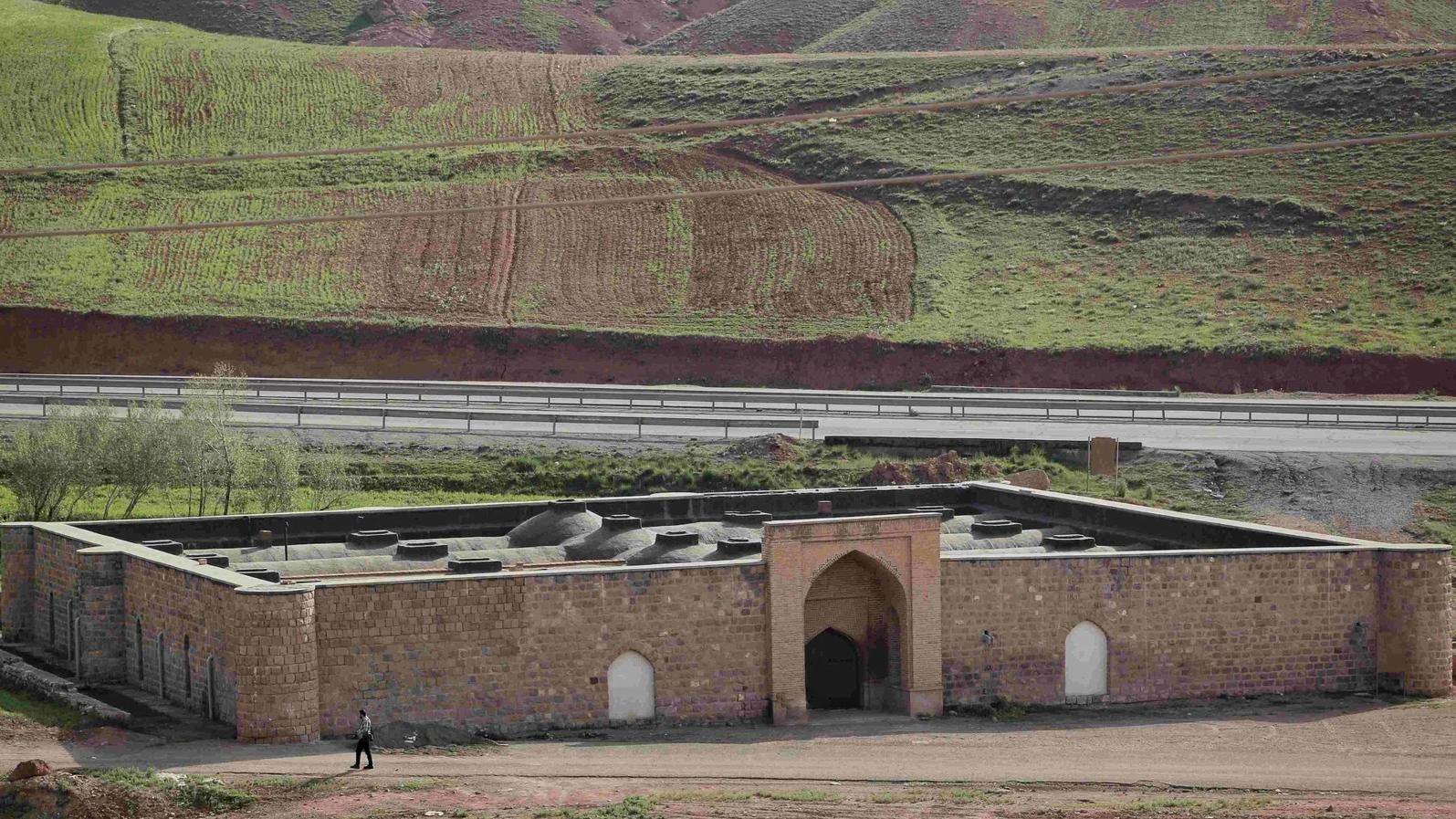
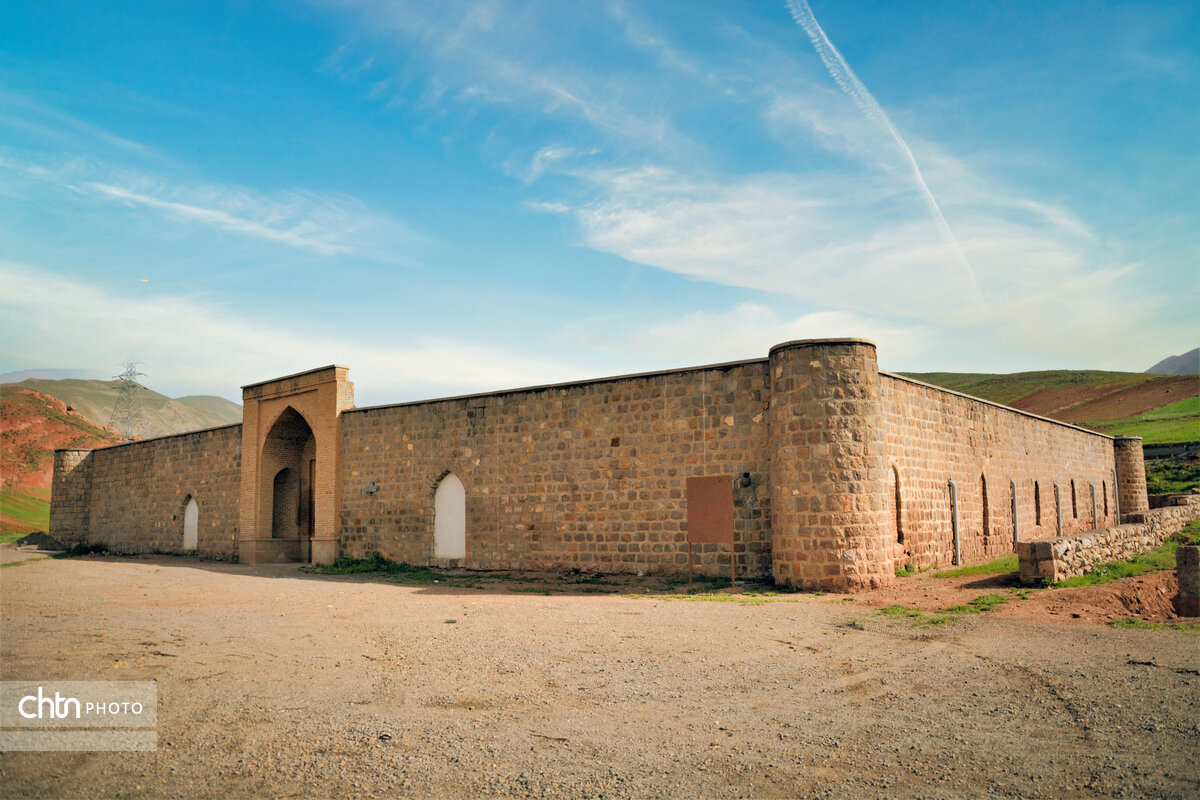
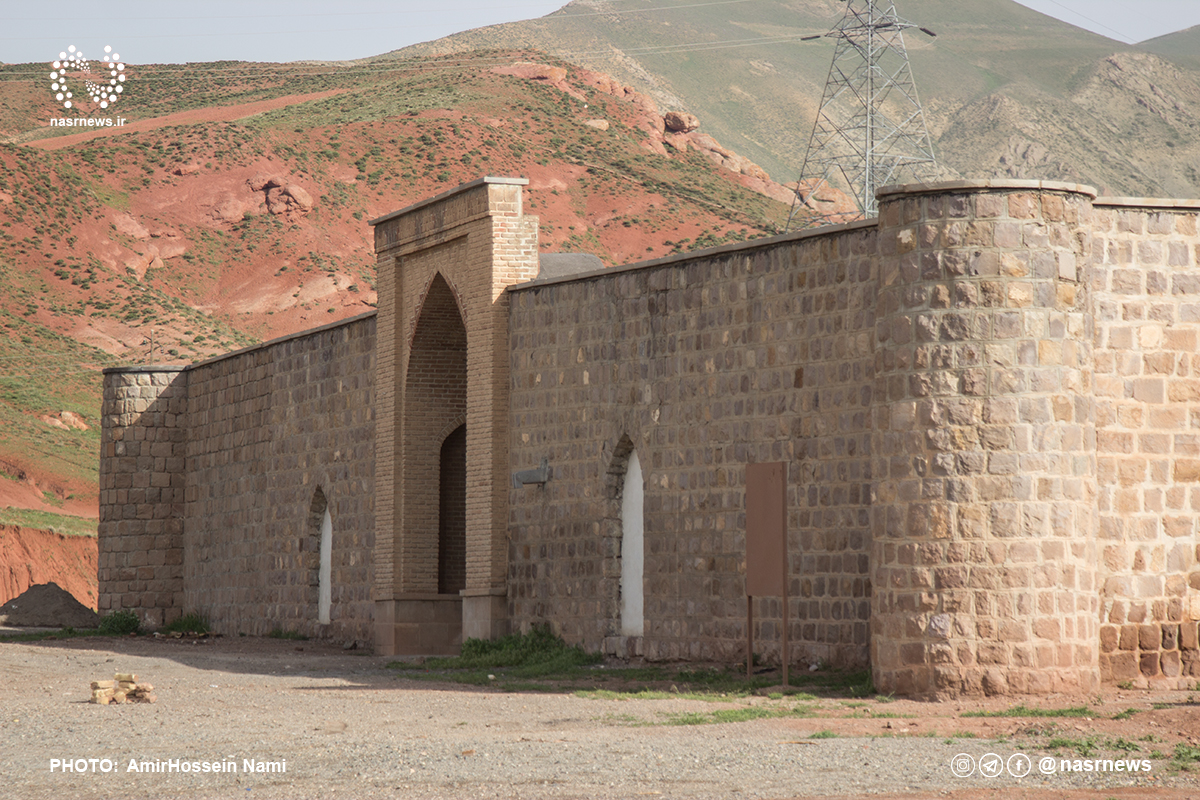



Choose blindless
Red blindless Green blindless Blue blindless Red hard to see Green hard to see Blue hard to see Monochrome Special MonochromeFont size change:
Change word spacing:
Change line height:
Change mouse type:
